Spyderco Paramilitary 2 vs Spyderco Manix 2
The Spyderco Paramilitary 2 and Manix 2. Two hall-of-fame EDC knives for people who prefer a large Spyderco knife. But which of these two knives suits you best? We've made this side-by-side comparison so you can find out.
Multiple different versions of both knives have been introduced over the years. For this side-by-side comparison, we are looking at the standard models: the Spyderco Paramilitary 2 C81GP2 and the Spyderco Manix 2 C81GP2.
The similarities between the Spyderco Paramilitary 2 and the Spyderco Manix 2
Both knives are made in the same factory in the United States. They were also both designed by Sal Glesser, the founder of Spyderco, in collaboration with his son Eric Glesser.
There are also a few similarities in terms of the materials used. The handles of both knives are made from G10: fibreglass with an epoxy base. These are mounted on steel liners with an identical pocket clip.
Although both knives are clearly slightly different in design — more on that later — they are about the same size. Both the Paramilitary 2 and the Manix 2 have a blade length of approximately 8.5 cm and a total open length of 20/21 cm.
The differences between the Spyderco Paramilitary 2 and Spyderco Manix 2
Design:
The design of the Paramilitary 2 is somewhat slimmer and more angular than the Manix 2. The Manix 2 has a higher, rounder handle. Its finger grooves are also a bit more generous than those of the Paramilitary 2. This makes the Manix 2 slightly more ergonomic than the Paramilitary 2. But the latter takes up less space in your pocket when you carry the knife with you.
The blade of the Manix 2 is also a little higher and 1 mm thinner. The difference isn't huge, but it is there. And it has little influence in terms of cutting capabilities when comparing both knives.
Type of steel:
Something that does have an impact is a difference in steel types. But actually the same applies here: there isn't a big difference. Halfway through 2021, Spyderco changed the type of steel used for the Paramilitary 2 from CPM S30V, the same steel as the Manix 2, to CPM S45VN. These steels aren't all that different, though. CPM S45VN steel is a little stronger and more corrosion resistant than CPM S30V, with similar sharpness retention.
Locking mechanism:
Perhaps the biggest difference between these two knives: the locking mechanisms. The Spyderco Paramilitary 2 has a compression lock. This is a type of reversed liner lock. It clamps into a recess in the blade under the stop pin. Spyderco has both a left-handed and right-handed version of the Paramilitary 2 because the compression lock is an asymmetrical design and cannot be used with both hands.
The Manix 2 has what Spyderco calls a 'ball bearing lock'. This is a lock that uses a hardened steel ball to lock the blade. This ball bearing is housed in a plastic “cage” and is pressed into a recess in the blade with the aid of a spring. You unlock it again by pulling the plastic cage back. Just like the well-known Axis lock from Benchmade. This lock is suitable for both left-handed and right-handed use because of the symmetrical design.
Both mechanisms are designed and patented by Spyderco and are located in the spine of the handle. A small but not unimportant difference is that the Paramilitary 2 opens slightly more smoothly than the Manix 2. This is because the ball bearing lock presses directly on the blade when opening. There is less force pressing on the blade of the Paramilitary 2 with the compression lock design.
Weight:
We also see a big difference in weight. The Paramilitary 2 weighs about 110 grams and the Manix 2 weighs 145 grams. This is due to two factors: the higher design of the Manix and the difference between the steel liners. The liners of the Manix 2 follow the entire outline of the handle, whereas on the Paramilitary 2 they are recessed in the G10 scales. And therefore smaller. As a result, the Paramilitary 2's handle is lighter.
Pocket clip:
The pocket clips may be identical, but the Manix 2 doesn't lend itself to tip-down carry. The lock gets in the way of this. With the Paramilitary 2, however, you can place the pocket clip both tip-down and tip-up.
Lanyard hole:
The last difference is the positioning of the lanyard hole, or lanyard eye. On the Paramilitary 2, it is more towards the end of the handle. This makes it a bit easier to tie a paracord lanyard to it. With the Manix 2, it's more towards the middle of the handle.
Which knife will you choose?
Which of the two you choose really depends on your preferences. Are you looking for a knife with excellent ergonomics and a lock that can be used both left-handed and right-handed? Go for the Manix 2. Are you looking for a slimmer pocket knife that is more comfortable and can be carried in multiple ways? Then opt for the Paramilitary 2. In terms of functionality, both knives offer almost identical performance.
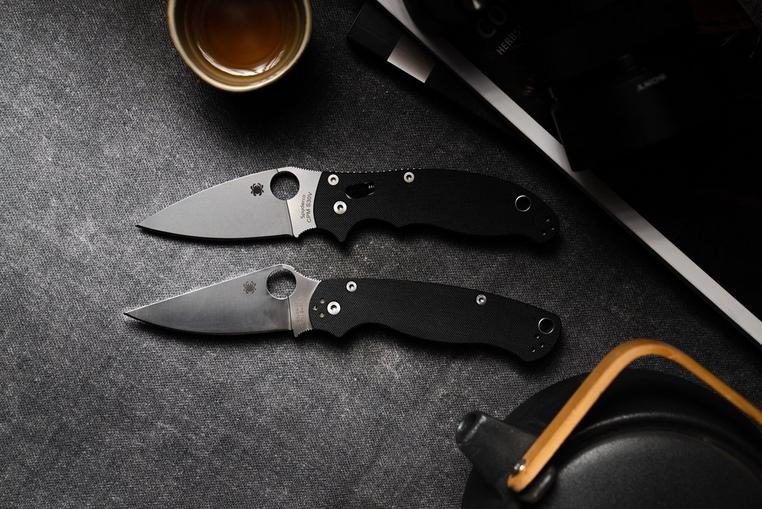


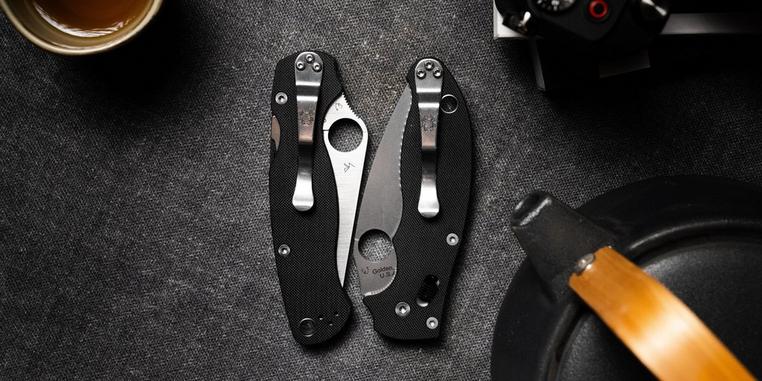






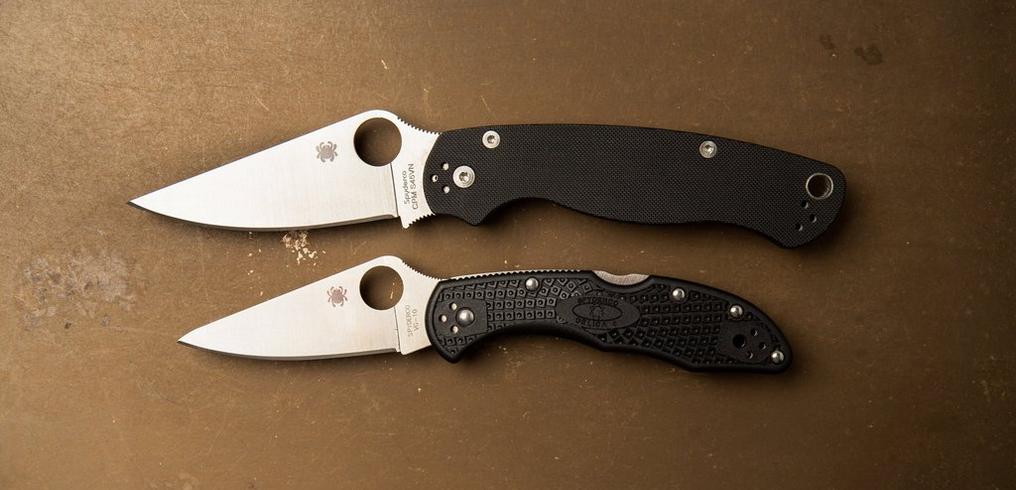


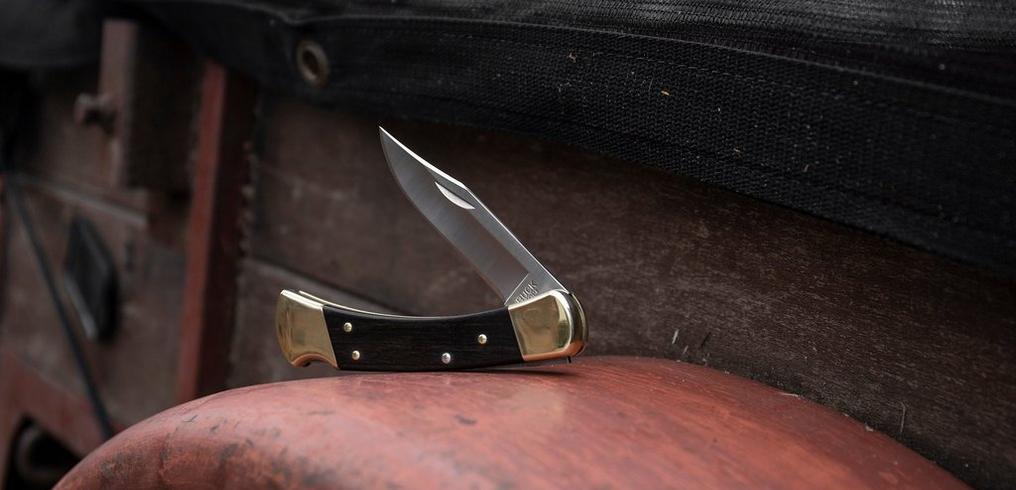

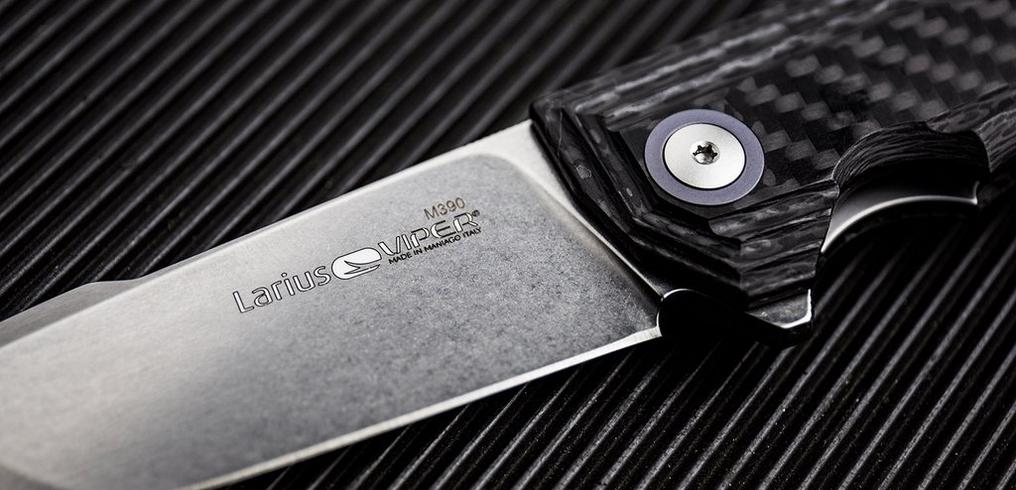
?%24center=center&%24poi=poi&%24product-image%24=&fmt=auto&h=490&poi=%7B%24this.metadata.pointOfInterest.x%7D%2C%7B%24this.metadata.pointOfInterest.y%7D%2C%7B%24this.metadata.pointOfInterest.w%7D%2C%7B%24this.metadata.pointOfInterest.h%7D&scaleFit=%7B%28%24this.metadata.pointOfInterest%29%3F%24poi%3A%24center%7D&sm=c&w=1016)
